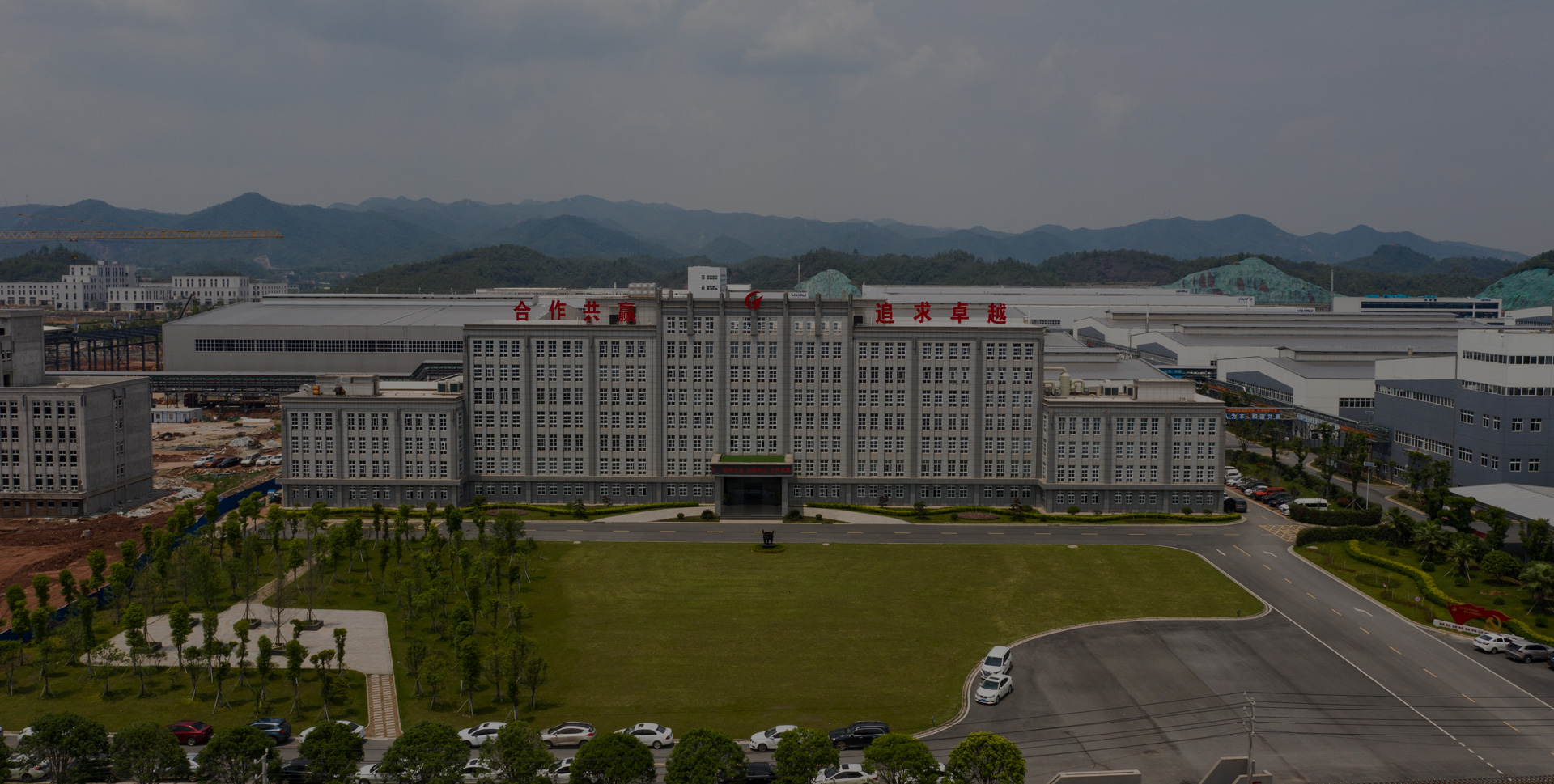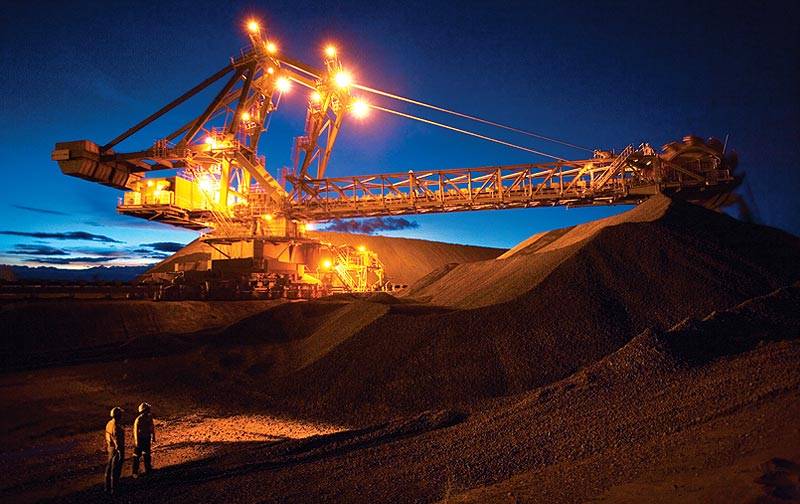Folks, hold your breath – and then exhale a massive sigh of relief! The 260 miners trapped deep within Sibanye-Stillwater’s Kloof gold mine in South Africa have all been brought to the surface safely. That’s right, a complete rescue, no casualties. This was a harrowing 24+ hours, and frankly, it’s a miracle everyone walked away unharmed.
Let’s talk about the risks inherent in deep-level gold mining. These aren’t idyllic landscapes; they’re complex, and often unstable geological formations.
South Africa’s gold mining sector is known for its challenging conditions. The deep shafts are prone to rockfalls, gas leaks, and structural failures.
This incident serves as a stark reminder of the sacrifices made by miners to supply the world with this precious metal. It’s easy to just see the price of gold fluctuate on a chart, but seldom think of the human cost.
Sibanye-Stillwater has faced scrutiny in the past regarding safety protocols. While we celebrate the rescue, this event must trigger a thorough investigation. Corners cannot be cut when human lives are at stake.
It’s imperative that the mining company reviews and reinforces its safety measures. Preventative action is far preferable to reactive rescue efforts.
Understanding Deep-Level Gold Mining Risks: Deep-level gold mining, like that in South Africa, is incredibly dangerous. The deeper you go, the greater the pressure and temperature. Rockbursts – sudden, violent releases of energy – are a constant threat. Furthermore, the buildup of potentially explosive gases like methane requires constant monitoring and ventilation. The infrastructure itself, particularly shafts and tunnels, must be meticulously maintained to prevent collapses. And well-trained rescue teams, like those who executed this successful operation, are absolutely critical.







